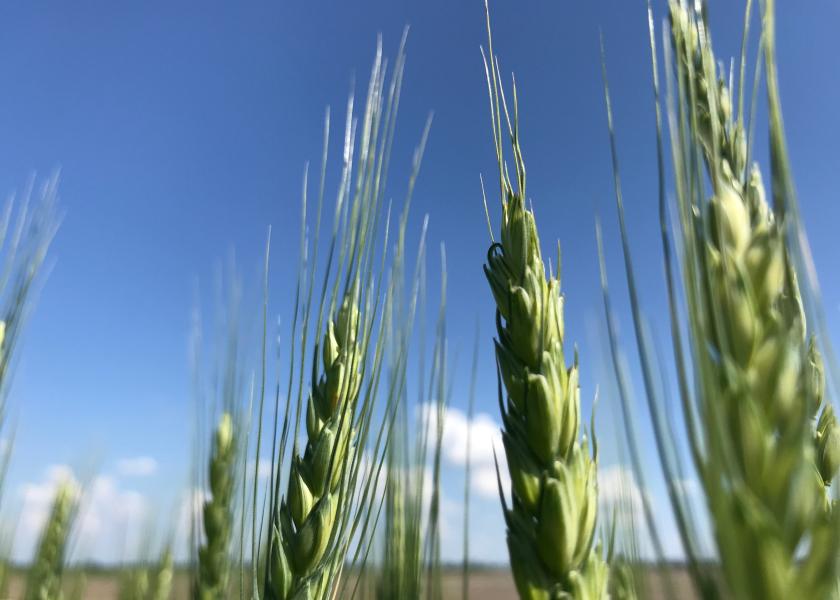GM Wheat Found in Canada

From our reporting partners at Real Agriculture in Canada
The Canadian Food Inspection Agency (CFIA) has confirmed the discovery of unapproved genetically modified wheat plants containing a trait developed by Monsanto in southern Alberta.
The isolated patch of wheat plants were found growing on an access road to an oil platform last summer, the agency said in a briefing on Thursday. The plants were reported by a custom applicator after they survived an application of glyphosate. Seven plants were taken for testing and the rest of the patch was destroyed. The Alberta government informed the CFIA about the suspicious plants in late January.
Testing conducted since then shows the wheat contains a GM trait or “event” that was field tested by Monsanto (MON71200), but the plants do not match any Canadian registered wheat variety. The nearest trials for the trait, which Monsanto says it tested from 1998 to 2000, were located hundreds of miles from where it was found, said the agency.
“The GM wheat has a genetic background that does not match any currently registered wheat in Canada. It has a fingerprint that is distinct from any registered wheat. CFIA is continuing our work to identify the specific class of this wheat, but this work is ongoing,” said a CFIA scientist during the briefing.
The agency said it is confident it is an isolated case, and that none of the GM wheat entered the grain handling system or the seed system. The CFIA also emphasized that there is no food or animal health risk.
The CFIA has begun monitoring the location, and will continue to do so for the next three years, verifying that all GM wheat that may germinate is destroyed.
Officials in the briefing refused to speculate on where the GM plants originated, saying “there are too many variables and possibilities.”
It’s not yet known whether the discovery will impact market access. As of late Thursday, there had not been any indications of concerns from international customers, said Cam Dahl, president of Cereals Canada.
“We first became aware of this issue early this afternoon, and so we haven’t had that opportunity to reach out to customers. That is something we will be doing in the coming days, to provide that reassurance that customers can have confidence in the Canadian regulatory system,” he says in the interview below.
The CFIA also said it is willing to share a validated test for the trait with trading partners, should they request it.
According to the agency, there were 43 approved field trials in Saskatchewan and 11 trials in Manitoba involving wheat with novel traits in 2017, but none in Alberta. (Herbicide tolerance was the objective for 39 of these trials, with 32 focused on yield increases and six on fungal resistance.)
Monsanto conducted field tests with glyphosate-tolerant Roundup Ready wheat from the late 1990s into the mid-2000s, but no genetically-modified wheat has ever been commercialized in Canada or the U.S. Monsanto withdrew its application for regulatory approval in 2004. At the time, the Canadian Wheat Board was opposed to the introduction of Roundup Ready wheat due to international customers’ concerns.
Several escapes of Roundup Ready wheat have been found in the U.S., including in Oregon in 2013, Montana in 2014, and Washington in 2016. Several buyers, including South Korea and Japan, temporarily halted purchases of U.S. wheat after the discovery in Oregon.
The incidents in the U.S. involved GM wheat lines that are genetically different from the GM wheat found in Alberta, said the CFIA, noting there is no evidence linking the Alberta case to previous United States cases.







